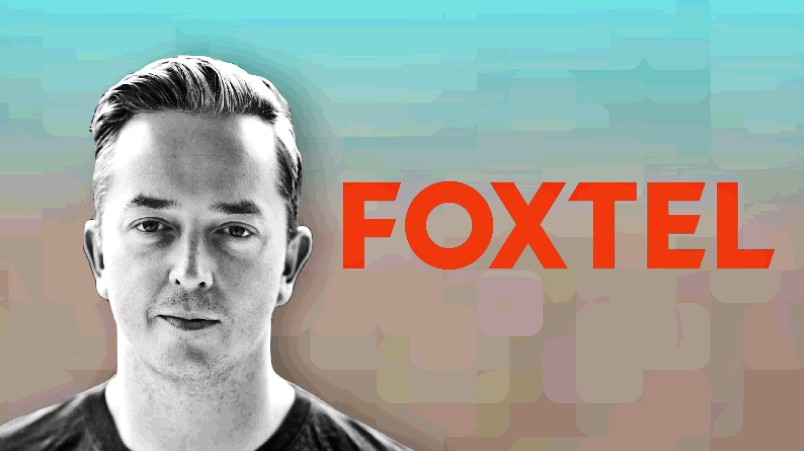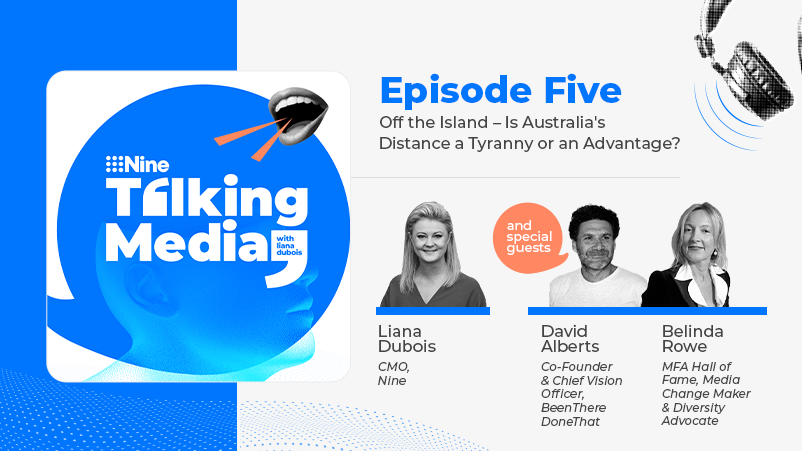Foxtel banks on CDP to power smarter in-house ad buys, counter streamer incursion, drive sharper attribution as cookies fade, privacy tightens

While majority owner News Corp has opted for Adobe’s CDP, Foxtel – one of the heaviest digital ad spenders in Australia – is backing Segment to drive smarter digital in-house ad buys with sharper attribution amid increasing signal loss from the major platforms, incoming privacy changes and an increasingly cutthroat streaming market.
What you need to know:
- Foxtel is using a Segment CDP to orchestrate the signals generated by 4.7 million users to better target and attribute its ad spend.
- It faces challenges from cookie deprecation, the rising use of ad blockers, and growing technical restrictions within browsers, along with more robust privacy regulations, all of which complicate the path to its desired business outcomes, and to customer experience.
- Ultimately the goal is to make the ad buys more precise, to ensure sharper ad targeting, and suppression and to ensure better accountability.
- For now, there are no plans to type into the wider News Corp data set, where a different solution – Adobe's CDP – currently carries favour. The use of multiple CDPs is not unusual according to analysts like Gartner's Lizzy Foo Kune, who says such an approach can be justified depending on use cases.
On the ad wastage side, it plays a crucial role in our ad buying, for the most part for suppression reasons. We don't want active customers seeing a whole bunch of ads. It’s not the best use of our money and it's not the best customer experience.
News Corp and Telstra's Foxtel reaches 4.7 million Australians, all of them leaving sticky little digital fingerprints around the internet. To better orchestrate the flow and utilisation of the data that online behaviour creates – and feed smarter intel to its in-house ad buying team – Foxtel has implemented Segment CDP.
As reported earlier this year, Segment has the largest CDP installed based in Australia – more than 300 sites (although in revenue terms Tealium probably takes more money from the market due to its blue chip client base).
Interestingly, News Corp which owns 65 per cent of Foxtel, uses neither Segment nor Tealium, and instead has invested in Adobe's CDP. But that's not entirely unusual in corporate environments. Research outfit Gartner has tracked an increase in the number of discrete CDPs installed per customer (its clients tend to skew toward high-end enterprise).
According to Lizzy Foo Kune, VP Analyst in the Gartner Marketing practice, “Organisations deployed 2.9 CDP vendors on average in 2022, up from 2.3 in 2020. There are some instances where multiple CDPs can be justified … an organisation may use a data integration CDP for data management and operations alongside a smart hub for orchestration."
In Foxtel's case, it is believed to have a custom built CDP that acts as a data aggregator, and then the Segment CDP investment helps overcome some of the problems caused by the deprecation of cookies, the introduction of ad blockers, and restrictions within the browser, all of which have made it harder for signals to flow back to Foxtel's ad-buying platforms and in-house buying team, said Matt Barden head of ad tech and measurement.
It’s early days, Barden told Mi3 as he stepped off the stage at the recent Twilio Signal23 conference in Singapore. And for now, the focus remains on Foxtel’s own data, rather than the full News Corp data set. That may come down the track, although Barden was non-committal on the subject.
However, he believes Foxtel is now on a clear path to solve two very specific challenges, as he told event delegates during a panel discussion.
"I look after the ad tech platform. Essentially, we have an in house digital ad buying team, I've made sure they can measure the effectiveness of their campaigns, and they get as much insight as possible from those campaigns," said Barden.
That's critical, given Foxtel is one of the biggest digital ad buyers in Australia, with estimates from Pathmatics putting calendar 2022 spend at circa $40m, well ahead of the likes of Commbank and Woolworths.
"So there were two things we were trying to solve. Firstly, how do we improve the measurement signals that go into ad-buying tools? And [secondly] how can we reduce ad wastage by improving the audience delivery mechanism with those advanced tools?"
Ultimately the goal is to make the ad buys more precise, to ensure better ad targeting, and to ensure better accountability for which ads have worked and which didn't.
“On the ad wastage side, it plays a crucial role in our ad buying, for the most part for suppression reasons. We don't want active customers seeing a whole bunch of ads. It’s not the best use of our money and it's not the best customer experience,” he said.
Interoperability is a critical consideration, he said.
‘That was probably the key one for us. We wanted to make sure we had all the destinations that we work with – so all of our ad-buying tools out of the box ready to go. We wanted to make sure that we could determine and control the data that we were sending through to those ad tech platforms.”
Firstly, that matters from an overall privacy compliance perspective he said. “And secondly, it's compliant with our internal privacy policies, terms and conditions that our customers agree to.”
Finally, beyond compliance, Foxtel needed the CDP to “match on multiple traits with our final destinations, which is about improving that audience quality.”
How it works
The shift to Segment has also helped Foxtel manage attribution in a world of deprecating cookies, said Barden.
“Traditionally you would take a conversion pixel from your ad platform – for instance for Facebook ads – you would take a conversion pixel, drop it in the browser, on top of a meaningful event such as a sign-up. As soon as that sign-up happens, a piece of information then gets passed back to Facebook to say, someone just signed up, attribute a one next to the campaign that had an ad running in it."
But things like cookie deprecation and Apple's iOS changes have made it harder to spot and utilise signals in the data.
“Attribution becomes a lot more challenging. So we are essentially using Segment to pass server events directly into conversions APIs, obviously in a very privacy-compliant way," said Barden.
“By passing all of our server events into the CDP, and then directly into conversions APIs we know that you signed up today. Facebook knows that you saw an ad a couple of weeks ago, and we can still manage that attribution without needing to rely on a click in the browser."
That delivers far greater accuracy when it comes to understanding who clicked and who didn't and who converted, he said.
"When you no longer have to rely on what happens in the browser, you get a little closer to the truth," Barden said. “We know the finite number of people that sign up on a given day, and that's the information that we're passing back to our ad-buying tools,” he told delegates to the event.
As global players like Amazon Prime and Disney+ gear up for ad-funded streaming launches in Australia next year, and the battle for ad-free subscription services intensifies amid tightening household budgets, Foxtel will need to ensure every ad dollar is cutting through and delivering a return.
*The author travelled to Signal23 in Singapore as a guest of Twilio.



